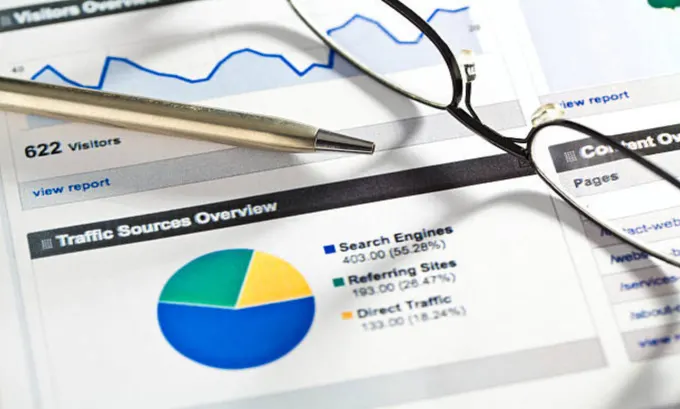Google Analytics is a powerful tool that provides valuable insights into website traffic, user behavior, and more. However, for many users, the platform can seem overwhelming and confusing. In this article, we will provide a step-by-step guide on how to use Google Analytics effectively.
Step 1: Set Up Your Google Analytics Account
The first step in using Google Analytics is to set up an account. If you don’t already have one, go to the Google Analytics website and click “Sign Up.” You will then be prompted to enter your website’s information, such as the website name, URL, and time zone. After entering this information, you will receive a tracking code that you will need to add to your website.
Step 2: Install the Tracking Code
The tracking code is what allows Google Analytics to collect data from your website. To install the tracking code, you will need to add it to the HTML code of your website. This can be done manually, or you can use a plugin or extension to do it for you. Once the tracking code is installed, you should see data start to populate in your Google Analytics account within 24-48 hours.
Step 3: Navigate the Google Analytics Dashboard
When you log in to your Google Analytics account, you will see the dashboard. The dashboard is where you can access all of your website’s data. The dashboard is divided into several sections, including real-time data, audience data, acquisition data, behavior data, and conversion data. To access any of these sections, simply click on the corresponding tab in the sidebar.
Step 4: Analyze Your Audience Data
One of the most valuable sections of Google Analytics is the audience data. This section provides insights into who is visiting your website, where they are coming from, what devices they are using, and more. To analyze your audience data, click on the “Audience” tab in the sidebar, and then select “Overview.” Here, you can see data such as the number of sessions, users, pageviews, bounce rate, and more.
Step 5: Track Your Acquisition Data
The acquisition data section of Google Analytics provides insights into how people are finding your website. To access this section, click on the “Acquisition” tab in the sidebar, and then select “Overview.” Here, you can see data such as the number of sessions by channel, the number of sessions by source, and the number of sessions by medium.
Step 6: Analyze Your Behavior Data
The behavior data section of Google Analytics provides insights into how users are interacting with your website. To access this section, click on the “Behavior” tab in the sidebar, and then select “Overview.” Here, you can see data such as the number of pageviews, the average time on page, and the bounce rate.
Step 7: Set Up Goals and Conversions
Goals and conversions are a key component of measuring the success of your website. To set up goals and conversions in Google Analytics, click on the “Admin” tab in the sidebar, and then select “Goals.” Here, you can create a new goal by selecting a goal template or creating a custom goal. Once your goals are set up, you can track your progress towards them in the conversion data section.
Step 8: Use Custom Reports
Custom reports allow you to create your own reports in Google Analytics based on the data that is most important to you. To create a custom report, click on the “Customization” tab in the sidebar, and then select “Custom Reports.” Here, you can create a new report by selecting a report type, adding metrics and dimensions, and applying filters.
Step 9: Monitor Your Site Speed
Site speed is an important factor in user experience and search engine rankings. After monitoring your site speed, the next step in effectively utilizing Google Analytics is to track your website’s traffic sources. This is a critical aspect of understanding where your traffic is coming from and how to optimize your website for increased traffic.
To track traffic sources, navigate to the “Acquisition” tab in Google Analytics. This tab allows you to see a breakdown of how visitors are finding your website. You can view traffic sources by channel, such as organic search, direct, referral, social, or paid search.
Finally, it’s important to regularly review and analyze your Google Analytics data to inform future website and marketing strategies. Google Analytics provides a wealth of data and insights that can help you make informed decisions about your website and marketing efforts.
Set up regular reporting and analysis to ensure you are staying up to date on your website’s performance and making necessary optimizations. This can include reviewing traffic sources, goal completions, behavior flow, and other relevant metrics.
In conclusion, utilizing Google Analytics can provide invaluable insights into your website’s performance and inform future marketing efforts. By monitoring your site speed, tracking traffic sources, setting up goals, analyzing behavior flow, and regularly reviewing data, you can optimize your website for increased traffic and conversions.









Add comment